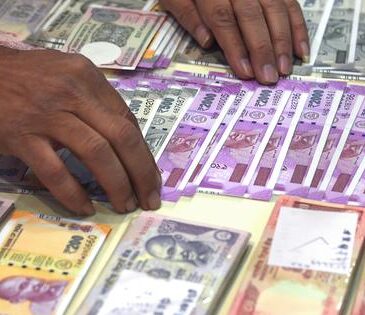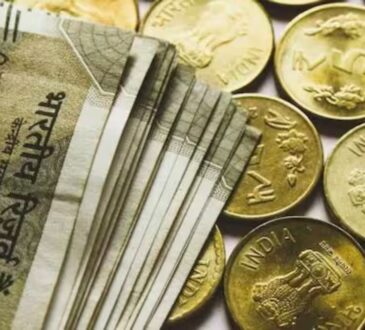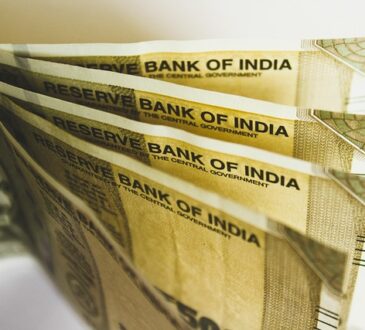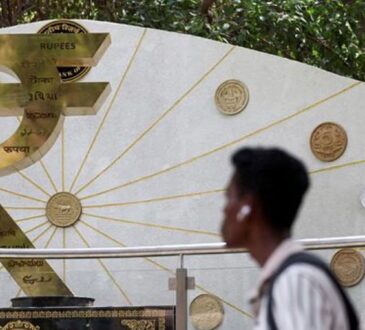More on:
On U.S. President Donald Trump’s much-touted April 2nd “Liberation Day,” he unveiled a range of potentially debilitating reciprocal tariffs on the United States’ major trading partners—and most other countries as well. Surprisingly, some of the countries hit with the highest tariffs were U.S. partners in Asia and the Pacific, like Vietnam, South Korea, and Japan. Trump even imposed tariffs on Australia, a critical security ally, despite the fact that the United States has a trade surplus with Australia.
Trump paused, for 90 days, many of the higher tariffs on countries other than China, but he still kept a tariff rate of 10 percent on virtually every state’s exports to the U.S., and escalated a tariff-raising standoff with China. Even with the 10 percent tariffs and China tariffs, the United States has higher tariffs overall than at any time since 1901. The tariffs will likely shatter Asian partners’ belief that the United States is a trustworthy partner, upend a decade of encouraging U.S. companies toward re-shoring away from China, and lead Asian economies, already involved in economic integration, to move away from the United States and toward closer trade ties to China and the European Union, leaving China as the regional economic hegemon. For much more detailed analysis and graphics about the tariffs and ramifications, see my new CFR Digital piece at: https://www.cfr.org/article/why-east-asia-target-trumps-tariff-war-six-…
More on:




